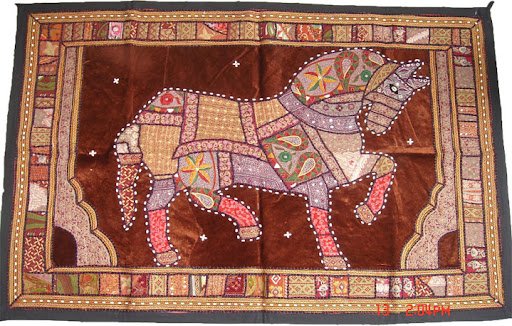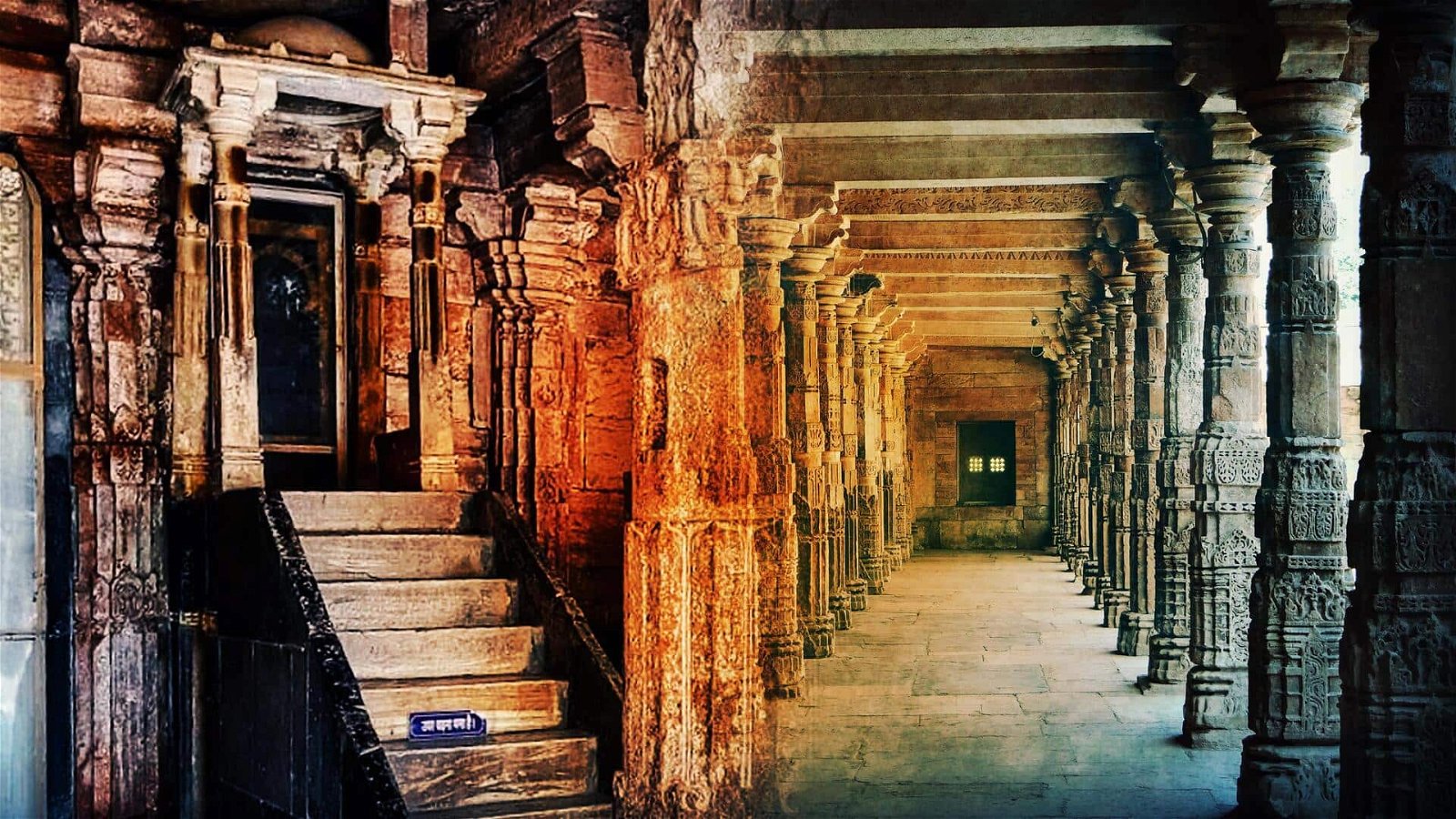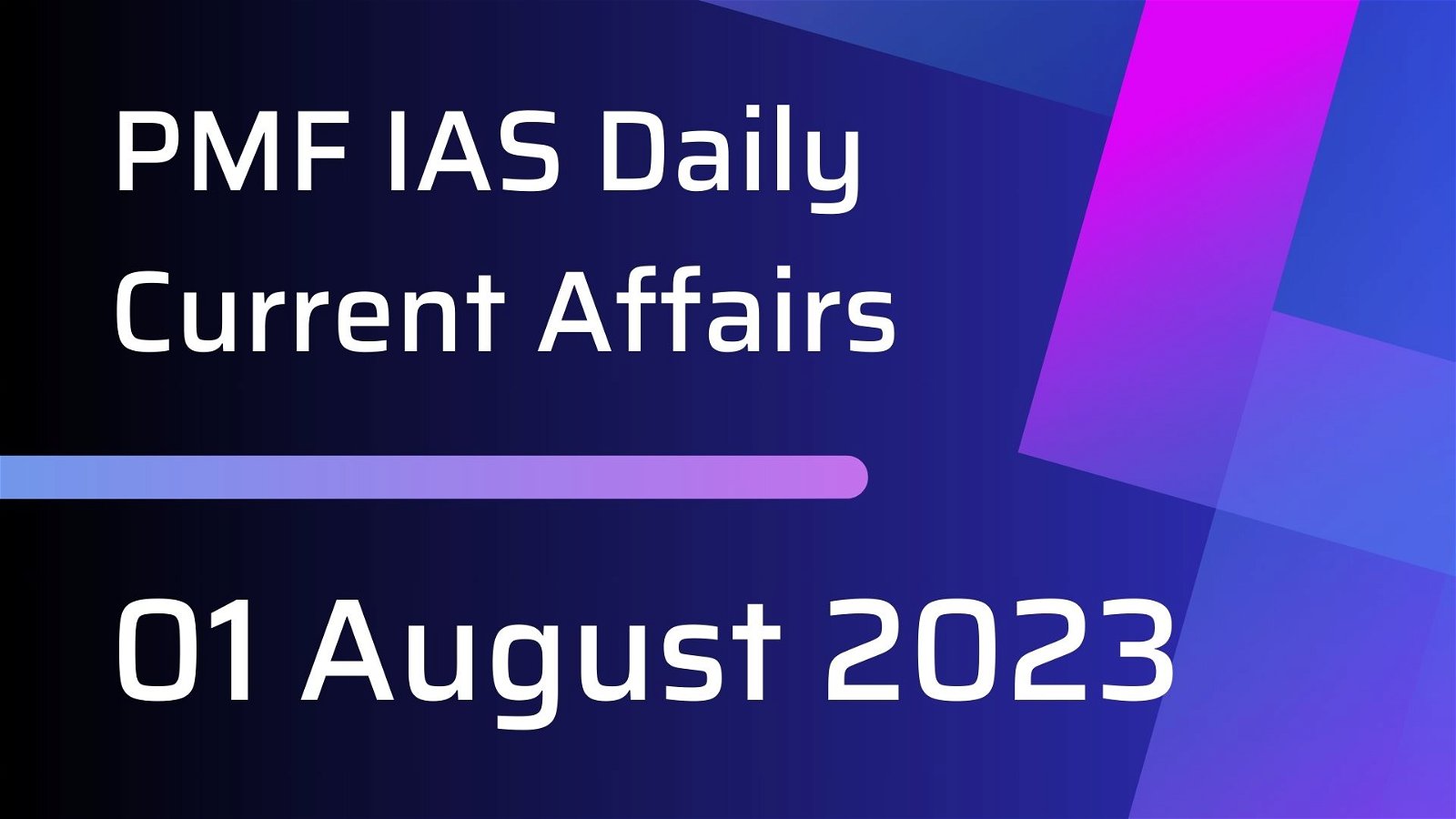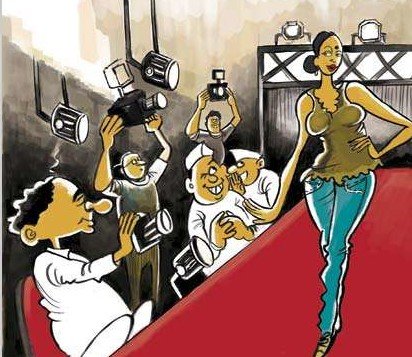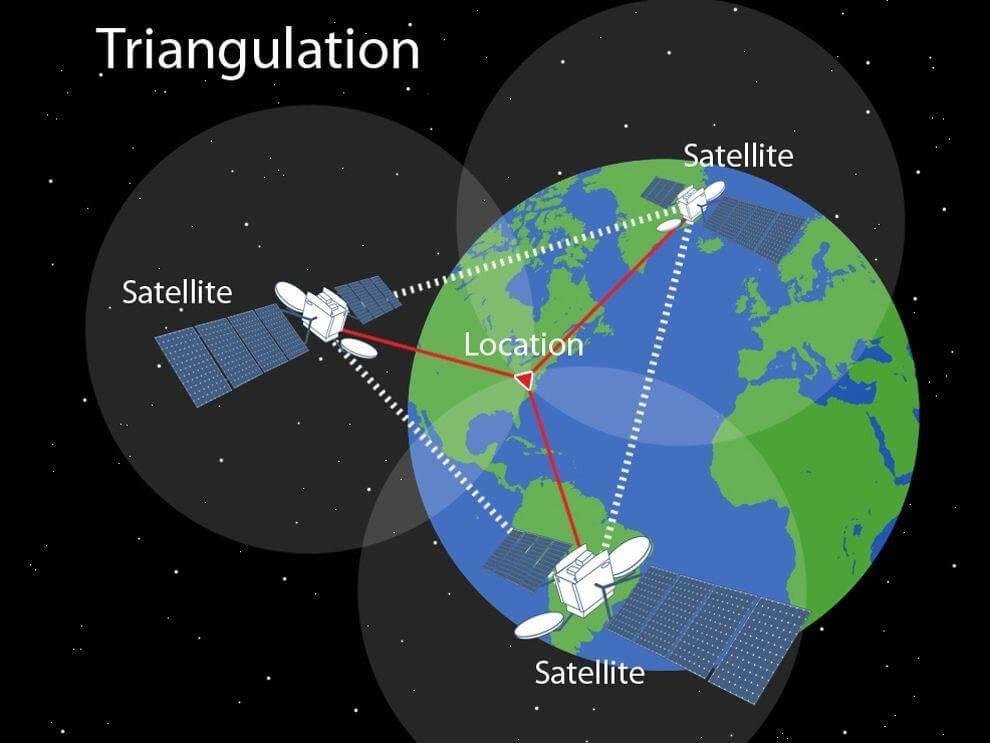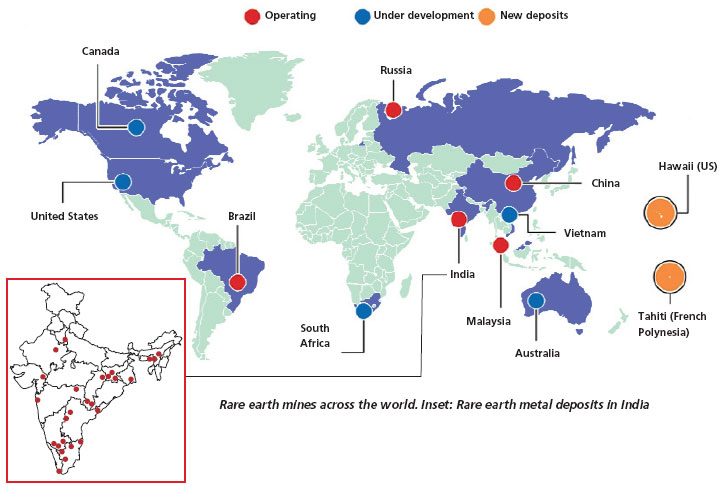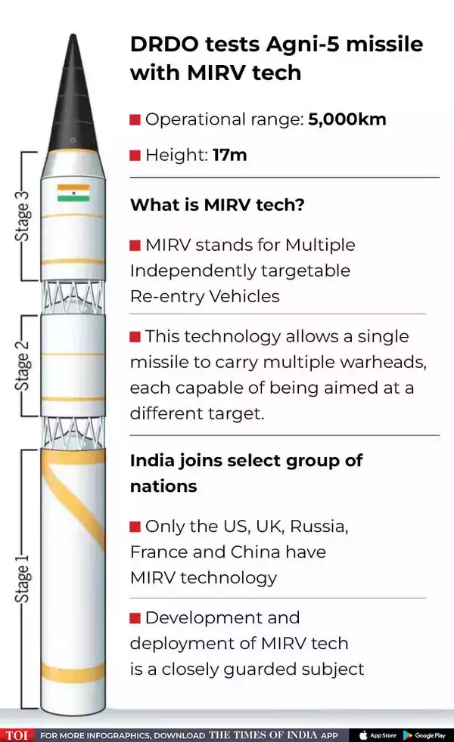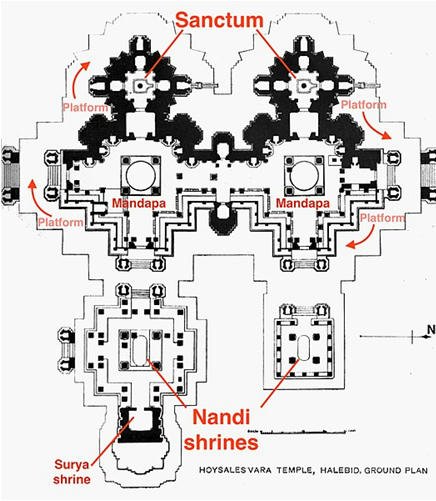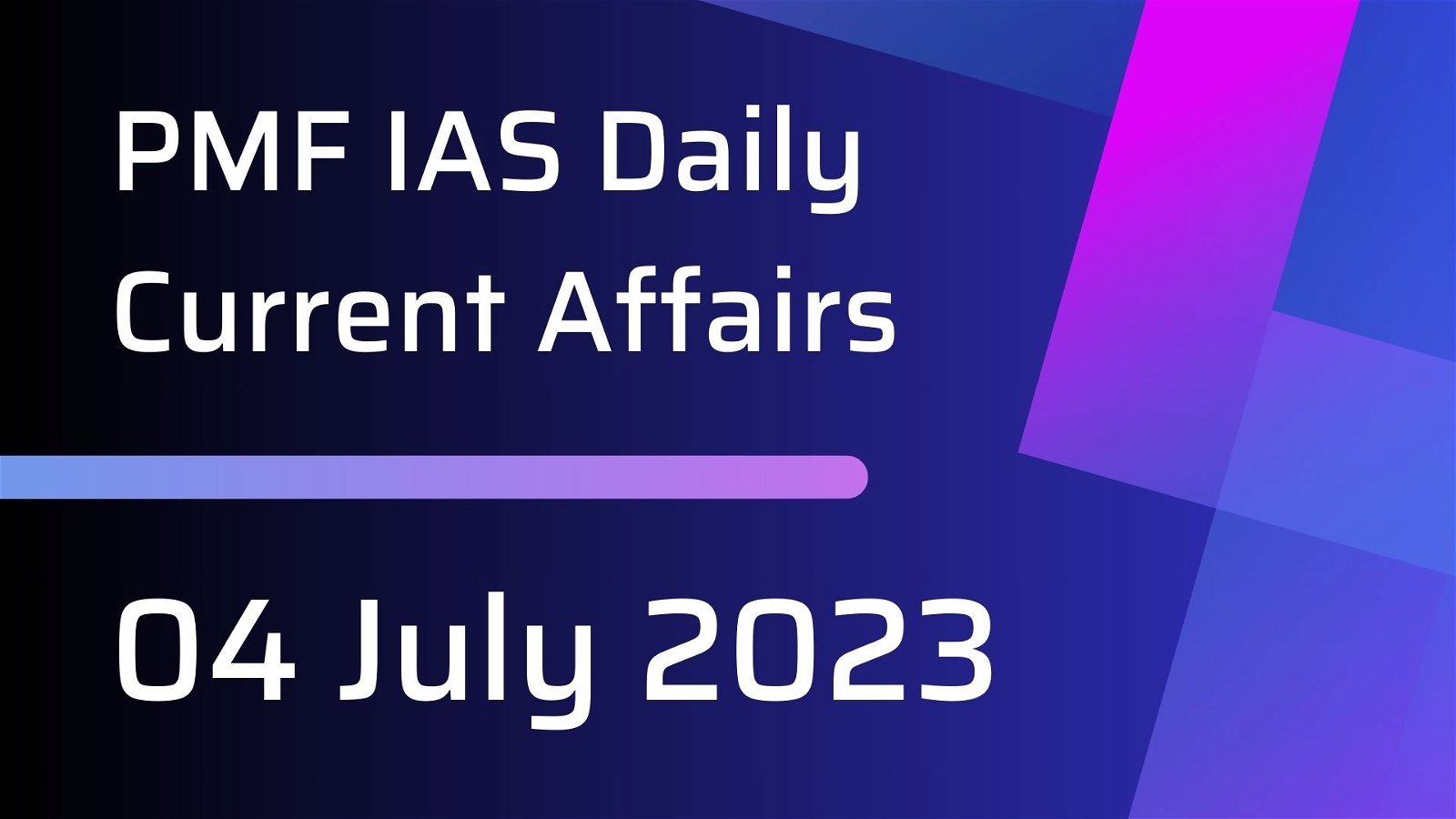
Current Affairs February 02, 2024: Animal Husbandry Infrastructure Development Fund, Indian Coast Guard, Nano DAP, Blue Economy 2.0, Carambolim Lake, Republic Day Tableaux, Surajkund International Crafts Mela, Volt Typhoon
Subscribers of "Current Affairs" course can Download Daily Current Affairs in PDF/DOC
Subscribe to Never Miss an Important Update! Assured Discounts on New Products!
Must Join PMF IAS Telegram Channel & PMF IAS History Telegram Channel
{GS2 – MoFAHD – Initiatives} Animal Husbandry Infrastructure Development Fund
- Context (PIB): Animal Husbandry Infrastructure Development Fund will continue till 2025-26.
- It is a central sector scheme.
- Implementing Agency: Department of Animal Husbandry & Dairying, Ministry of Fisheries, Animal Husbandry and Dairying.
Eligible Beneficiaries
- Farmer Producer Organization (FPO)
- Private companies
- Individual entrepreneurs
- Section 8 companies under Companies Act, 2013.
- Micro Small and Medium Enterprises
- Dairy Cooperatives
Objectives
- To make available increased price realization for the producer.
- To make available quality milk and meat products for the domestic consumer.
- Develop enterpreneurship and generate employment.
- To promote exports and increase the export contribution in the milk and meat sector.
- To help increasing of milk and meat processing capacity and product diversification
Facilities
- The beneficiaries are to contribute a minimum of 10% margin money as investment. The balance 90% would be the loan component to be made available by scheduled banks.
- GoI will provide a 3% interest subvention to eligible beneficiaries.
- There will be 2-year moratorium period for the principal loan amount and 6 year repayment period thereafter.
- From the Credit Guarantee Fund, Credit guarantee would be provided up to 25% of the Credit borrowed.
{GS3 – Agri – Fertilizer} Nano DAP
- Context (IE | TH): Interim budget announced the expansion of the application of Nano DAP on various crops in all agro-climatic zones.
DAP (di-ammonium phosphate)
- DAP is the second most used fertiliser in India after urea.
- Water soluble, containing 18% Nitrogen and 46% Phosphorus, applied before or at sowing time.
- Manufactured by reaction of Ammonia with Phosphoric acid.
- Nitrogen is a major component of chlorophyll, essential for photosynthesis.
- Phosphorus helps in root establishment and development.
Nano DAP
- Liquid fertiliser with 8% Nitrogen and 16% Phosphorus by volume launched by IFFCO.
- It has the advantage of a high surface area, as its particle size is less than 100 Nanometres (nm).
- Nano size enables the fertiliser “to enter easily inside the seed surface or through stomata and other plant openings,” making it more efficient.
Advantages
- Intended crop Benefits: Higher seed vigour, more chlorophyll, photosynthetic efficiency, better quality and increase in crop yields.
- Sustained release: With 50-75% delayed release, Nano DAP will help throughout the plant cycle.
- Water solubility: It helps in targeted delivery and reduces leaching.
- Subsidy relief: Less costly Nano DAP will help the government reduce fertiliser subsidies.
- Easy to use: 500ml bottle is easier to transport, store and use than 50kg bags.
- Self-reliance: Domestic Nano DAP is expected to ease the import burden of conventional DAP.
Subsidy trends
|
For details on Nano Urea, visit >Nano-Urea
{GS3 – Agri – Fisheries} Blue Economy 2.0
- Context (IE): The Interim Budget stressed the environment-friendly development of the ‘blue economy’.
|
Blue economy 2.0
- It is a roadmap to further India’s existing initiatives related to the Indian maritime blue economy.
- The interim budget announced that a scheme for restoration and adaptation measures, as well as coastal aquaculture and mariculture with an integrated and multi-sectoral approach, will be launched.
- The budget also announced the setting up of five integrated aquaparks.
- Pradhan Mantri Matsya Sampada Yojana (PMMSY) will be stepped up to enhance aquaculture productivity, double exports and generate 55 lakh employment opportunities soon.
|
Earlier steps for the blue economy
- 3rd Global Maritime India Summit: Projects worth Rs.23000 crore and 300 MoUs were signed.
- Deep Ocean Mission: By the Ministry of Earth Sciences to boost India’s maritime infrastructure.
- Blue Economy Vision 2025: The Federation of Indian Chambers of Commerce and Industry (FICCI) document discusses the impacts of the blue economy.
- A draft policy framework on India’s Blue Economy was first released in 2022.
{Prelims – Festivals) Surajkund International Crafts Mela
- Context (PIB): The 37th Surajkund International Crafts Mela was inaugurated in Surajkund, Haryana.
- The annual fair is organized by the Surajkund Mela Authority and Haryana Tourism in collaboration with the Union Ministries of Tourism, Textiles, Culture, and External Affairs.
- The fair was initiated in 1987 to promote the pool of skilled artisans who used indigenous technology but were suffering due to the cheaper machine-made imitations.
- The fair was upgraded to an international level in 2013 and is the largest crafts fair in the world.
- It serves as a platform for artisans to display their skills and for enthusiasts to explore and purchase unique handicrafts and handlooms, promoting the preservation and revival of indigenous crafts.
- Each year, a “Theme State” is selected to showcase its handicrafts, handlooms, and performing arts, fostering regional cultural awareness and promotion.
- For 2024, Gujarat is the theme state, emphasizing the diverse cultural fabric of India.
{Prelims – In News} 48th Raising Day of Indian Coast Guard
- Context (PIB): The Indian Coast Guard (ICG) marked its 48th Raising Day.
- The Indian Coast Guard (ICG) was established in 1978, through the Coast Guard Act, 1978.
- Headquarters: New Delhi
- Motto: “वयम रक्षामः” (Vayam Rakshamah) – “We Protect.”
- Nodal Ministry: Ministry of Defence.
- It is headed by the Director General Indian Coast Guard (DGICG).
- It plays a pivotal role in ensuring the security and safety of India’s territorial waters, including its contiguous zone and exclusive economic zone.

{Prelims – In News} Volt Typhoon
- Context (TH): The FBI shut down a major China-backed hacking group dubbed “Volt Typhoon”.
- Volt Typhoon was believed to pursue the development of capabilities that could disrupt critical communications infrastructure between the United States and Asia region during future crises.
- It works by targeting routers, exploiting public infrastructures and proxy communications.
- Difficulty in distinguishing from the genuine user made it a quiet group.
- “Equation Group” or “Fancy Bear” are some other such groups.
|
{Prelims – PIN India} Carambolim Lake
- Context (IE): Carambolim Lake in North Goa continues to fulfil its agricultural purpose while serving as a vital habitat for bird species.
- It is an artificial water storage tank initially created during the Kadamba dynasty era for irrigating paddy fields.
- The lake hosts up to 35,000 waterfowls every winter.
- The sanctuary hosts both resident and migratory birds, such as cattle egrets, white-breasted water hens, open-billed storks, cotton pygmy geese, marsh harriers, pink flamingos, etc.
{Prelims – Sci – Bio – Diseases} Bluetongue disease
- Context (Reuters): China bans imports of ruminant animals from Iraq due to bluetongue disease.
- It is a non-contagious and viral (Reoviridae family).
- It is transmitted by insects (biting midges of the Culicoides species), not by animal to animal.
- It can lead to deaths, weight loss and disruption in wool growth.
{Prelims – In News} Republic Day Tableaux
Muria Darbar
- Context (Org I HT): Chattisgarh tableau featured Muria Darbar, 600-year-old Aadim Jansansad, reflecting democracy in and Limbu Raja’s natural stone throne.
- The tableau has been chosen in line with the theme of this year’s Republic Day celebration, i.e. “Bharat is the mother of democracy. “
- Limau Raja’s natural throne symbolises collective wisdom, while Muria Darbar, with its roots reaching back centuries, remains a living legacy of tribal democracy.
- Bastar ki Aadim Jansansad means Primitive People’s Parliament of Bastar.
- It is a gathering of the Janjati people to discuss community issues and welfare initiatives.
- The tradition has been an integral part of the tribal heartland of Bastar for centuries.
- The Darbar is an unalienable part of the concluding ceremony of the Bastar Dusshera.
- The Darbar tradition traces its roots near Limbu Raja in the Kondagaon district, symbolising an ancient lemon kingship where decisions used to be made with the collective consciousness of the people.
- Earlier in the Muria court, the king and the officials of the princely state used to listen to the words of the Manjhis (Heads), and the then administration used to take the initiative to solve them.
- After independence, the appearance of the Muria court changed. Since 1947, along with the king, public representatives have also started joining it.
- Now, elected public representatives and senior officials of the Bastar division are present in the Muria court of Bastar. They take applications from the villagers.
- The CM of Chhattisgarh has also attended almost every Muria Darbar since 2009-10.
Dhordo
- Context (DH): Dhordo, the gateway to the Rann of Kutch, was the theme of Gujarat’s tableau in the Republic Day parade.
- Dhordo village in Gujarat has earned recognition from the United Nations World Tourism Organization (UNWTO) for being one of the Best Tourism Villages in 2023.
- Dhordo is a village located in the Kutch district of Gujarat on the edge of the India-Pakistan border.
- The Rann of Kutch is a vast salt marsh that transforms into a white desert during the winter months.
- The desert was earlier a part of the Arabian Sea, and it is believed to have emerged a few thousand years ago due to tectonic movements.
- The desert area turns into a shallow lake during monsoons.
- The desert is home to the Flamingo City, where the birds breed and lay their eggs spread over a huge expanse of land.
- Dhordo is famous for its traditional handicrafts, folk music and the annual Rann Utsav.
- It is also famous for its sprawling Dhordo Tent City.
- Dhordo gained prominence when the Rann Utsav, Gujarat’s flagship tourism event, was inaugurated by then-CM Narendra Modi in 2006.
- Dhordo is renowned for its hand-embroidered mirror work, especially on chaniya-cholis.
- Locals from the Mutwa community (From Sindh) excel in their distinct appearance and the Kutchi dialect.
- Mud-based mirror-work decorating houses is another cherished local craft
- Initially, the Rann Utsav faced opposition from locals and environmentalists who feared it would disrupt the region’s fragile ecology. However, over time, it has become a vital source of income for the region, earning local appreciation.

About the United Nations World Tourism Organization:
- The United Nations World Tourism Organization (UNWTO) is a specialised agency of the United Nations that promotes responsible, sustainable, and universally accessible tourism.
- The UNWTO is headquartered in Madrid, Spain.
- The UNWTO promotes tourism as a driver of Economic growth, Inclusive development, and Environmental sustainability.
UNWTO Recognition of villages
- The UNWTO recognises villages that contribute to rural development and preserve landscapes, cultural diversity, and culinary traditions.
- These villages excel in various areas, including cultural and natural resources, sustainability, and tourism development.
- The Best Tourism Villages initiative, launched in 2021, is part of the UNWTO’s efforts to promote rural development, combat depopulation, and encourage sustainable practices through tourism.
Kudavolai System
- Context (TP): Tamil Nadu’s tableau in the Republic Day parade highlighted the historical significance of the Kudavolai electoral system.
- This system emerged during the 10th-century Chola era.
- The tableau also featured a model of the Vaikunda Perumal Temple in Uttaramerur, where the Kudavolai system is still practised.
- The Uttaramerur inscriptions detail the Kudavolai system, and the Kanthaleeswarar Temple inscriptions outline qualifications for village council members, both situated in TN’s Kancheepuram district.
Election Process
- This system was a very notable and unique feature of the village administration of the Cholas.
- Each village under the Chola administration had a village assembly known as the UR or the Sabha.
- There were 30 wards in each village, and a representative for each ward was elected.
- Names of the contestants from whom one could be chosen were written on palm leaf tickets.
- These palm leaves were put into a pot and shuffled. A small boy picked up palm leaves one by one from the pot.
- Persons whose name tickets were picked up by the boy were declared elected.
- Like that, 30 members for thirty wards were elected. Out of the thirty elected members,
- Twelve members were appointed to the Annual Committee;
- Twelve members were appointed as members of the Garden Committee and
- Six members of the Tank Committee.
- Members of the standing committee and a Gold committee were also elected.
Qualification Criteria
- A person who could be chosen through the Kudavolai system must be aged between 35 and 70.
- He should possess one veli land and a house built in taxable land on his site.
- He should know Vedas and mantras.
- Persons who killed brahmins or women, cows or children were disqualified.
- Thieves, drunkards and people who had undergone punishments were also disqualified from contesting elections.
Administration under Chola Rulers
- The Chola administration served as a model for all the other kingdoms of the South.
- The king had a council of ministers.
- The kingdom was divided into a number of provinces known as Mandalams.
- The Mandalams, in turn, were divided into Valanadu and Nadus.
- The next administrative sub-divisions were Kurrams and Kottams.
- The unique feature of the Chola administration was the Local Self Government.
- The villagers themselves carried out village administration. It was more or less like the modern Panchayat Raj.
- Each village had a village assembly known as the Ur or the Sabha.
- There was a committee to look after the specified departments, such as justice, law and order, irrigation, etc., which were called Variyams.
- The Chola self-government was built on ‘general assemblies’/’sabhas’ /’mahasabhas’ of the villages.
- The best aspects of the Chola administration were followed by the rulers of the later period.
Taxation details
- The rulers were considerate while taxing agricultural produce.
- For areca nuts, only 50% tax would be collected for the first ten years after cultivation. Farmers would pay total tax only after the trees started yielding fruits.
- Similarly, a 50% tax was imposed on banana crops until the yield.
Uttaramerur Inscriptions
Agamas Text
|
Ghoomar Dance | Bandhej | Bagru Print | Applique Work
- Context (DH): Rajasthan tableau depicts the Ghoomar dance, Meera Bai’s statue, and traditional handicrafts of Bandhej, Bagru print, and Applique work.
- Ghoomar, also known as Gangore.
- The folk dance form Ghoomar is the most famous folk dance form of Rajasthan known by the people.
- The Bhil tribe performed it to worship Goddess Sarasvati, and other Rajasthani communities later adopted it.
- It is distinguished by the women’s pirouetting moves, which highlight the multicoloured vibrancies of the flowing Ghagra.
- This folk dance is performed by women only. It is acknowledged as the state dance of Rajasthan.
- It involves rhythmic hand movements and is generally performed in a group in a circular motion.
- In this dance form, there are different leg positions used, and the positions of leg movements are locally called Sawai.
- Dhol, Nagaada, and Shehnai are essential components of this famous folk dance.

Bandhej
- Bandhani is also known as Bandhej.
- It is a type of tie and dye textile that is adorned by plucking the cloth into many bindings that form a design.
- It is Practised mainly in the states of Rajasthan, Gujarat and some parts of Uttar Pradesh, the word Bandhani is derived from the Sanskrit word ‘Banda’, which means ‘to tie’.
- It is a dyeing process where the fabric is pinched and tied with thread before it is dyed to create a pattern made up of tiny dots.
- This is one of the most basic of all textile arts.

Bagru print
- Bagru print is a form of hand block printing done with natural colours.
- The unique method for printing employs a wooden block in it.
- In this process, the desired design is engraved first on a wooden block, and then a carved block is used to replicate the design in the preferred colour on the fabric.

Applique of Rajasthan
- Applique is a decorative artwork in which one cloth is sewn or fixed onto another, or glass pieces, metals, wood or metal wires decorate a fabric.
- It is said that ‘Applique’ work came into India in the 19th Century either from Europe or Arabia in the Middle East through trade contacts.
- ‘Appliqué’ work in Rajasthan echoes the magic of colour whilst offering that oriental charm of multicoloured harmony.
- Applique in Rajasthan is done with embroidery. This is done on almost all things, such as clothes, bed sheets, lampshades and wall hangings.
- The two notable Applique works of Rajasthan are ‘Gota’ and ‘Kinari’ work.
- The Gota work uses the ‘Applique’ works in both the classical and folk designs. The Gota work is mainly done on the costumes for women.
- The ‘Barmer Applique’ is traditionally sewn on bedspreads of black and brown bases, while the motifs are of natural scenes.





![PMF IAS Environment for UPSC 2022-23 [paperback] PMF IAS [Nov 30, 2021]…](https://pmfias.b-cdn.net/wp-content/uploads/2024/04/pmfiasenvironmentforupsc2022-23paperbackpmfiasnov302021.jpg)
